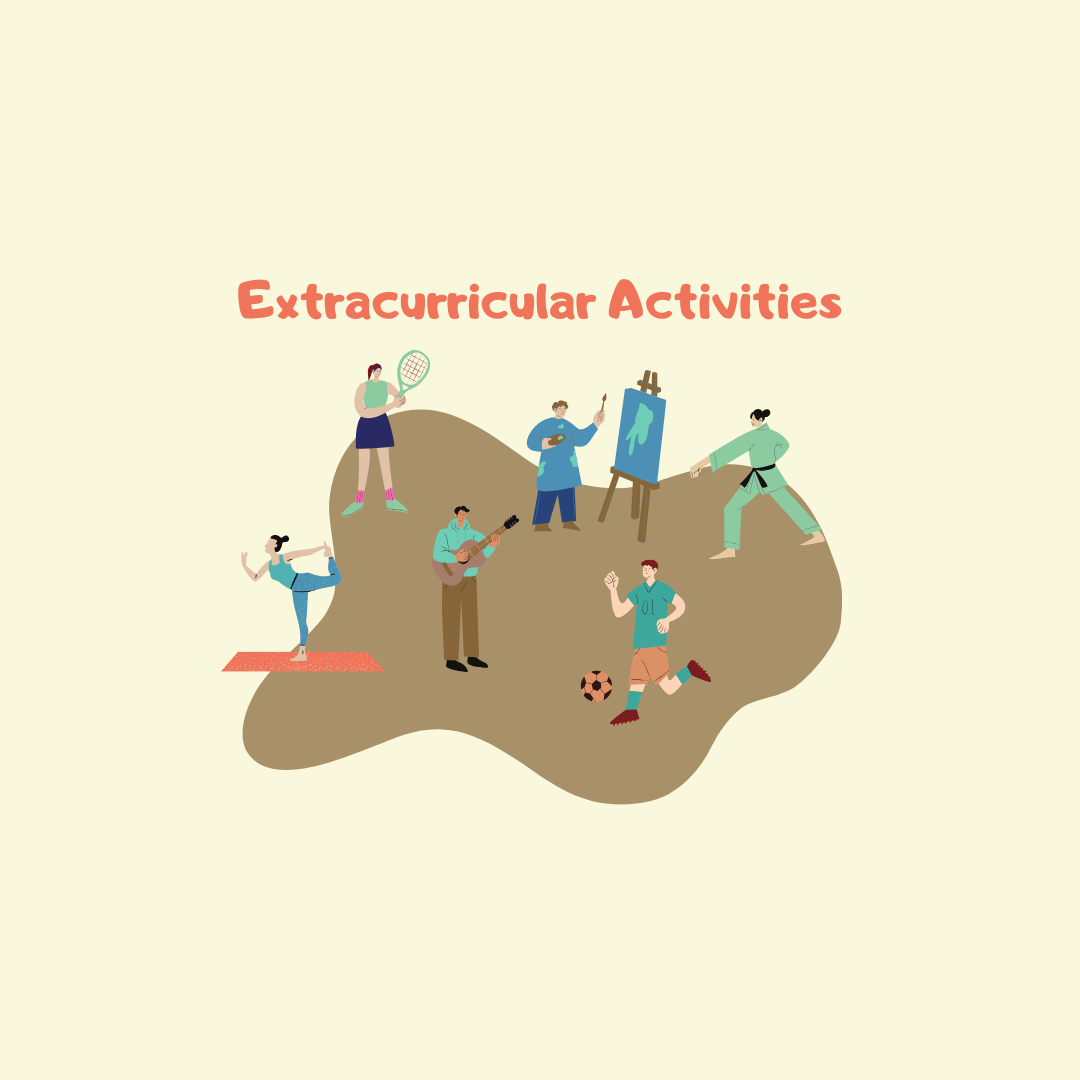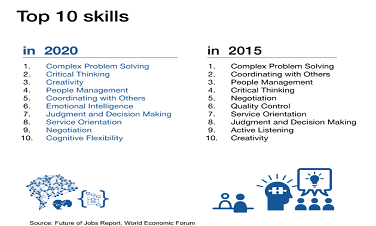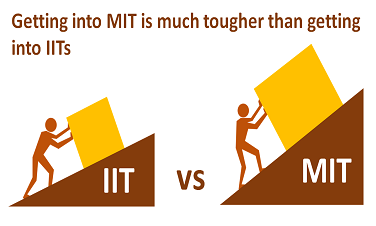High School Projects: A Strategic Approach
- Written by UnivAdmitHelp
- Category: Insights & Information
- Published on 06 Aug 2024
In the competitive landscape of college admissions, particularly for top U.S. universities and Indian Liberal Arts colleges, standing out is crucial. While academic excellence is a data point, high school projects offer a unique opportunity to showcase your creativity, leadership, and problem-solving skills. A well-executed project not only reflects your academic insight but also your passion and ability to contribute meaningfully to society. So, how can you leverage high school projects to make a lasting impression?
Understanding High School Projects
A high school project is a long-term endeavor that extends beyond the traditional classroom setting. It’s a chance to demonstrate your skills, interests, and dedication in a particular area. When selecting a project, consider the following aspects:
- Impact: What difference will your project make?
- Feasibility: Can you realistically complete it within your available time and resources?
- Access to Resources: Do you have the necessary resources or can you obtain them?
- Time: How much time will the project require?
Types of Projects
High school projects can vary widely but generally fall into one of the following categories:
- Community/School Initiatives: Projects that benefit your local community or school environment.
- Research Work: Academic research or scientific studies that contribute new knowledge or insights.
- Prototype Development: Creating a new product or model that solves a specific problem.
- Surveys: Conducting surveys and analyzing data to address a particular issue or question.
- Reviews and Presentations: Developing in-depth reviews or presentations on a significant topic.
- Concept Papers: Drafting papers that outline new ideas or innovations.
- Laboratory Work: Conducting experiments and documenting findings.
- Maker-faire Projects: Hands-on projects that involve building or creating physical items.
- Student Group Activities: Collaborative projects that involve teamwork and collective problem-solving.
Choosing the Right Project
To identify a project that resonates with you and stands out to admissions committees, follow these steps:
- Create a Bucket List: Jot down any and all project ideas that come to mind. Don’t filter at this stage—just get your thoughts on paper.
- Refine Your List: Narrow down your ideas to those that you are passionate about and that align with your strengths. Consider what excites you the most.
- Identify the Problem: Clearly define the problem or need your project aims to address. Use tools like MECE (Mutually Exclusive, Collectively Exhaustive) trees to help structure your thinking.
- Find a Solution: Develop a feasible solution or approach to tackle the identified problem.
- Execute the Project: Plan and carry out the project, ensuring you adhere to timelines and utilize available resources effectively.
- Measure the Impact: Evaluate the outcomes of your project. Did it make a difference? How can you quantify its success?
- Reflect on Learnings: Document what you learned throughout the process, both from successes and challenges.
When to Start
Start planning and working on your project as early as possible:
- Grade IX/X: Begin exploring your interests and brainstorming potential project ideas.
- Grade XI: Refine your ideas, gather resources, and start preliminary work.
- Grade XII: Finalize and polish your project. Focus on execution and presentation.
Project Ideas to Consider
Here are 30 project ideas to inspire you:
- Develop a Mobile App for Local Needs: Create an app addressing a specific issue in your community.
- Organize a Health Awareness Campaign: Focus on a pressing health issue and raise awareness through workshops or social media.
- Initiate a School Recycling Program: Design and implement a comprehensive recycling initiative at your school.
- Conduct a Social Impact Survey: Analyze the effects of a social issue within your community.
- Develop a Prototype for a Sustainable Product: Design a new, eco-friendly product or device.
- Create an Educational YouTube Channel: Produce videos that teach academic subjects or life skills.
- Design and Build a Community Garden: Promote urban farming and sustainable practices.
- Conduct a Research Study on Local Environmental Issues: Investigate and propose solutions for local environmental challenges.
- Organize a Community Talent Show: Showcase local talent and raise funds for a charitable cause.
- Develop a Peer Tutoring Program: Help students struggling in particular subjects.
- Create a Digital Archive of Local History: Preserve and present local historical information online.
- Design a Student Wellness Program: Address mental health and wellness through workshops and resources.
- Organize a Coding Workshop for Beginners: Teach basic programming skills to younger students or community members.
- Create an Interactive Science Fair Exhibit: Develop an engaging and educational exhibit for science fairs.
- Write and Publish a Local Newsletter: Share important news and updates relevant to your community.
- Develop a Mobile Game with Educational Content: Create a game that teaches key academic concepts.
- Conduct a Study on the Effectiveness of Different Study Techniques: Research and compare various study methods.
- Initiate a Reading Program for Underprivileged Children: Promote literacy by organizing reading sessions and book donations.
- Create a Financial Literacy Workshop: Educate peers on managing personal finances and budgeting.
- Design an Innovative Transportation Solution: Address local transportation issues with a new solution.
- Organize a Series of Career Exploration Panels: Connect students with professionals from various fields.
- Develop a Health and Nutrition Guide for Schools: Create resources to promote healthy eating habits.
- Design and Implement an Anti-Bullying Campaign: Address bullying through awareness and prevention strategies.
- Create a Community Art Project: Engage local artists and residents in a collaborative art project.
- Conduct a Study on Local Wildlife and Conservation Efforts: Research and promote conservation efforts in your area.
- Organize a Sustainability Fair: Promote sustainable practices through workshops and exhibits.
- Create a Digital Platform for Local Small Businesses: Develop a website or app to support local entrepreneurs.
- Develop an Innovative Educational Tool: Design a tool or resource that enhances learning in a particular subject.
- Initiate a Local Food Drive: Organize a drive to collect and distribute food to those in need.
- Conduct Research on the Impact of Social Media on Youth: Investigate how social media affects young people and propose solutions.
Conclusion
Start early, plan meticulously, and most importantly, choose a project that truly matters to you. The impact of your work will not only be evident in your application but will also provide you with valuable experiences and insights for your future academic and professional journey. Remember, it’s not the breadth of the project that matters most but its depth and significance. Whether you choose to focus on community service, research, or prototyping, ensure that your project deeply reflects your interests and skills.
Recent Posts
-

Comprehensive List of 30+ questions that High School Indian Parents and Students ask for US Admissions..
-

Common App Essay Tips 2025
-

Best extra-curricular activities for college admission for Indian students
-

How Many Universities Should You Apply To? Expert Tips for U.S. and U.K. Admissions for Indian Students
-

Step-by-Step Guide to Creating an Exceptional Capstone Project for Indian Students




